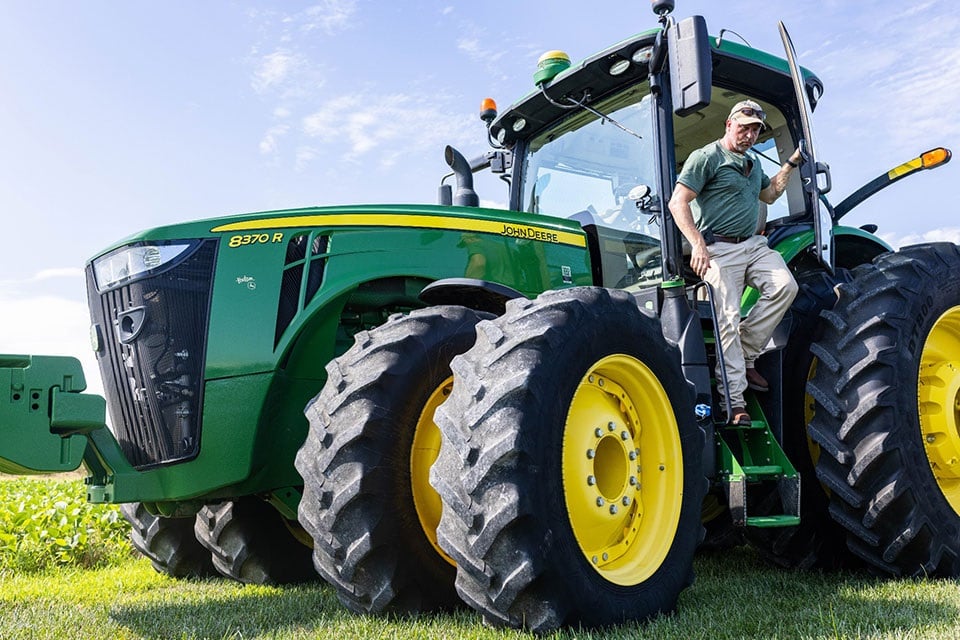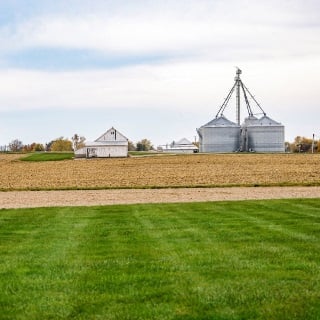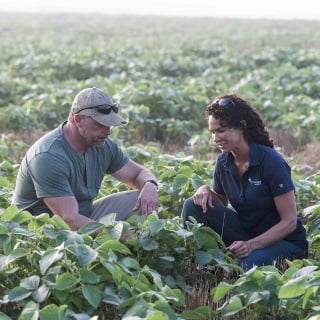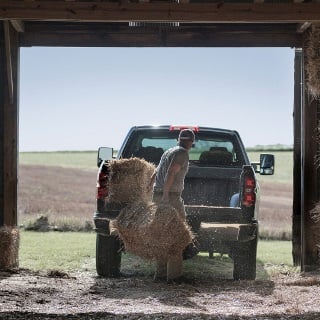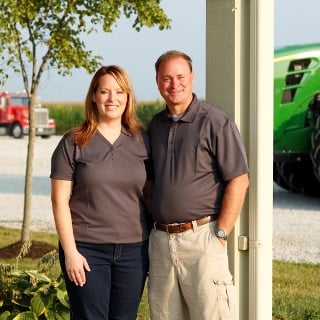There are two types of costs on your farm: Variable and fixed. Variable costs are relatively straightforward and include costs such as seed, fertilizers and chemicals. The cost of these fluctuate depending on market prices, but generally speaking, they will eventually moderate and only account for a portion of farmers’ costs. Fixed costs like labor, agricultural equipment financing payments and land rent, tend to adjust more slowly.
As profit margins shrink and commodity prices go down in our current ag economy, operations with high fixed costs could see prolonged periods of losses. Eventually, this can stress working capital and negatively impact operations if not adjusted quickly enough. There are two areas you can focus now that can make a big impact: agricultural equipment financing and land profitability.
First, get the records straight
Having accurate, detailed farm records will help you make objective, data-driven decisions about fixed-cost adjustments. At Farm Credit Mid-America, we encourage our faremrs to keep an eye not only on their input costs but also on their fixed costs, like agricultural equipment financing. We can benchmark these fixed costs as a percentage of gross farm income on a grain farm. This provides a fuller picture of operating costs and can help farmers determine if agricultural equipment financing and other fixed costs are positively or negatively affecting their bottom line.
Find the right equipment balance
In recent profitable years, many farmers upgraded their machinery through agricultural equipment financing. And while that led to increased efficiencies, some farms likely overbought their agricultural equipment inventories.
This is an ideal time for farmers to analyze agricultural equipment utilization. Ask yourself: What agricultural machinery do I need to have? What is nice to have? And what am I not utilizing fully?
If a piece of financed agricultural equipment hasn’t been turned on or hooked up in over a year, it probably isn’t crucial to the operation. Liquidating these underutilized assets can help reduce costs.
However, make sure that selling agricultural equipment that has been financed does not adversely impact the overall efficiency of your operation. The key here is to find the right balance. Aim to have the agricultural equipment you need to get the job done efficiently, but not be so over-equipped that assets sit idle.
Renting agricultural equipment, hiring custom work or pooling resources with neighbors are other ways to adjust equipment costs.
Assess land profitability
Whether rented or owned, every acre is unique. Some will be more profitable than others.
When looking at farm land financing costs, begin with an honest assessment of the profitability of each rented acre you currently farm. Review past farm records to determine if rented land is covering at least the variable costs plus the rent payment. This is where keeping good records over time will pay significant dividends down the road. Rented farm land that doesn’t generate positive margins can stress an operation.
Armed with acre-by-acre numbers, you’ll be better prepared to negotiate rental rates with landlords to ensure your operation remains profitable as commodity prices lower.
Farmers who own their land should take a similar approach. Selling less profitable or unproductive land can lower fixed costs by reducing the cash flow needed for principal payments and interest expenses.
If questions arise when revisiting these approaches, talk with your financial officer about adjusting your fixed costs. He or she can help you develop a long-term plan and understand the pros and cons of adjusting fixed costs.
Looking to learn more about the different agricultural equipment financing or farmland real estate options that Farm Credit Mid-America offers? Connect with our team today and apply for a loan to get started.
Loans subject to credit approval. Additional terms and conditions may apply. Farm Credit Mid-America is an equal opportunity lender.

